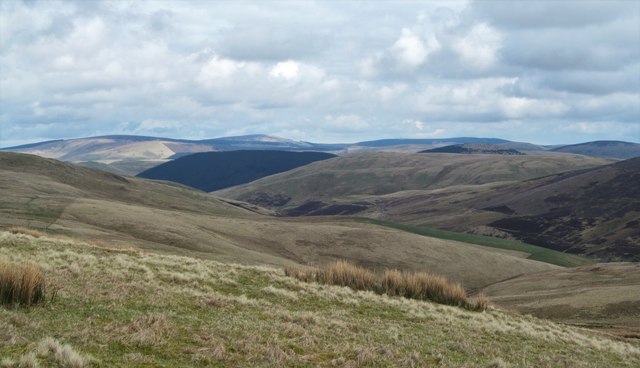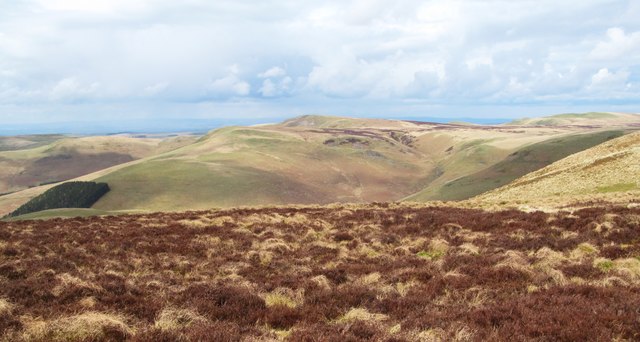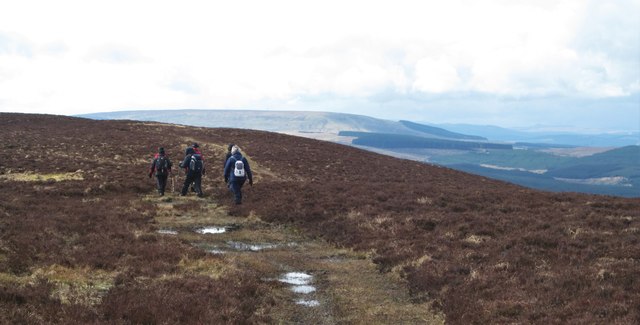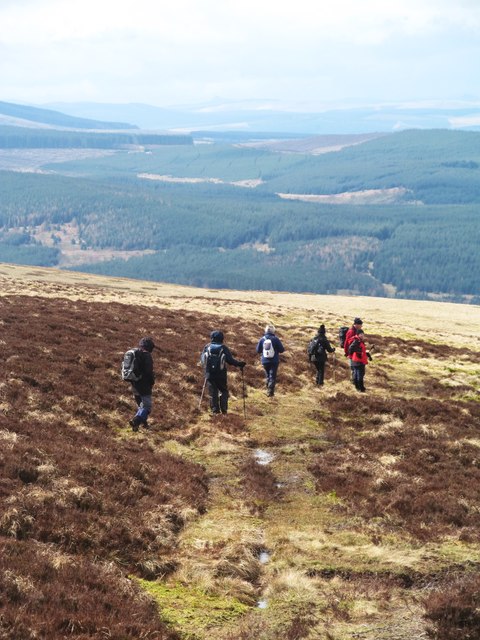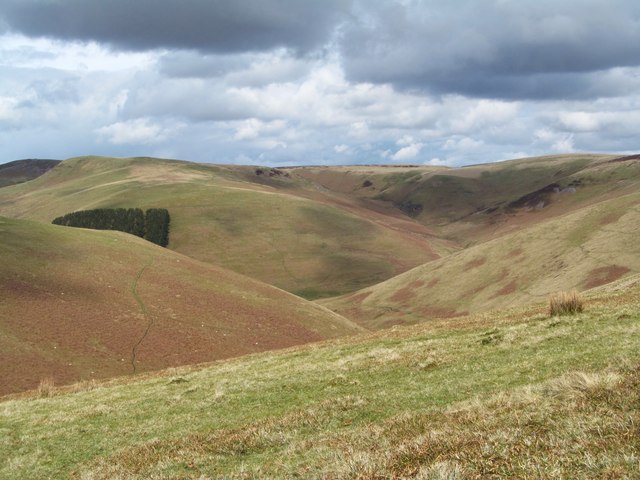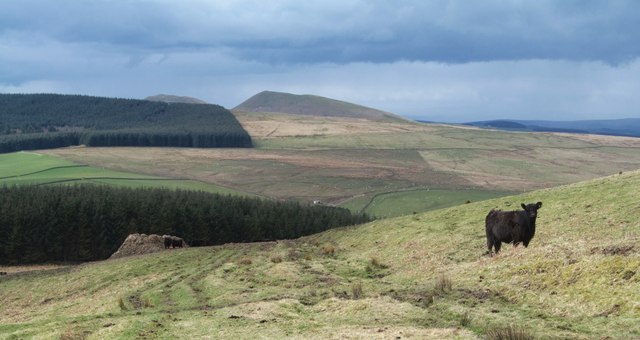Berrystell Fell
Downs, Moorland in Roxburghshire
Scotland
Berrystell Fell
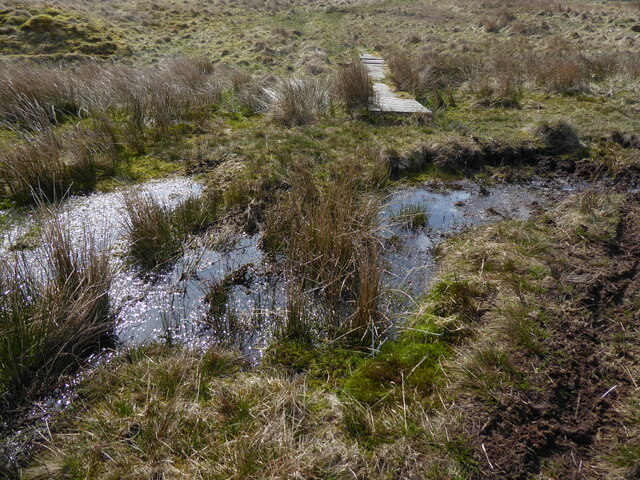
Berrystell Fell is a picturesque area located in Roxburghshire, a historic county in the Scottish Borders region of Scotland. This stunning landscape is characterized by its rolling downs and expansive moorland, making it a haven for nature enthusiasts and outdoor adventurers alike.
The downs of Berrystell Fell offer breathtaking panoramic views of the surrounding countryside, with undulating hills and valleys stretching as far as the eye can see. The grassy slopes are often dotted with sheep, adding to the idyllic scenery. Visitors can enjoy leisurely walks or hikes, immersing themselves in the tranquil ambiance and embracing the beauty of nature.
The moorland in Berrystell Fell is a haven for wildlife, with an array of flora and fauna calling this area home. The heather-covered expanses create a vibrant purple hue during the summer months, providing a stunning backdrop for photographers and nature enthusiasts. Birdwatchers will delight in spotting a variety of species, including curlew, lapwing, and red grouse, among others.
In addition to its natural beauty, Berrystell Fell also boasts a rich history. The area is dotted with ancient archaeological sites, such as standing stones and burial mounds, which provide a glimpse into the past. Exploring these historical landmarks adds an extra layer of intrigue to any visit to Berrystell Fell.
Overall, Berrystell Fell in Roxburghshire is a hidden gem for those seeking to immerse themselves in the beauty of the Scottish countryside. With its stunning downs, expansive moorland, and rich history, this area offers a truly unforgettable experience for all who venture here.
If you have any feedback on the listing, please let us know in the comments section below.
Berrystell Fell Images
Images are sourced within 2km of 55.375818/-2.3483174 or Grid Reference NT7809. Thanks to Geograph Open Source API. All images are credited.
![Heading down Berrystell Fell The track leading down the fellside tends to disappear on this section, but the ground is much improved over the soggy conditions higher up. The line of the track becomes obvious again lower down and can be seen centre left crossing the flank of Hindhope Law. In the far distance are the Eildon Hills.
A good deed was performed close to this point when a 'riggwelter' ewe was discovered and rescued. [Riggwelter is a Yorkshire term for a sheep stranded on its back and unable to right itself]](https://s1.geograph.org.uk/geophotos/04/90/98/4909809_d79ccb63.jpg)
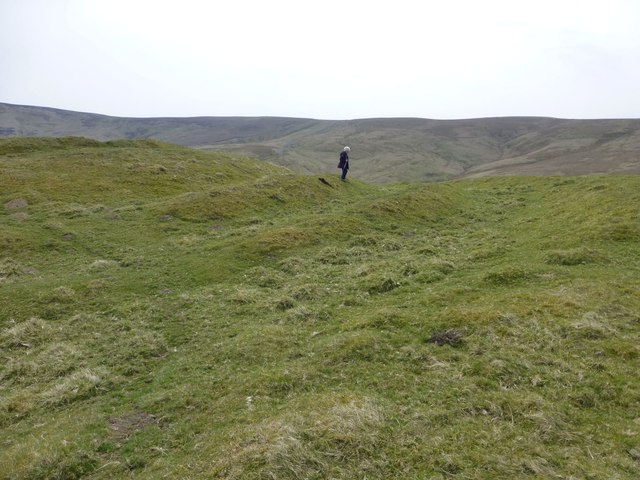
Berrystell Fell is located at Grid Ref: NT7809 (Lat: 55.375818, Lng: -2.3483174)
Unitary Authority: The Scottish Borders
Police Authority: The Lothians and Scottish Borders
What 3 Words
///argue.precluded.mushroom. Near Rochester, Northumberland
Nearby Locations
Related Wikis
Chew Green
Chew Green is the site of the ancient Roman encampment, commonly but erroneously called Ad Fines (Latin: The Limits) on the 1885-1900 edition of the Ordnance...
Featherwood Roman Camps
Featherwood Roman Camps are neighbouring archaeological sites in Northumberland, England, 1 mile (1.6 km) north of Featherwood and about 3 miles (5 km...
Pennymuir Roman camps
The Pennymuir Roman camps are situated southeast of Jedburgh in the Scottish Borders area of Scotland, near the Anglo-Scottish border, in the former Roxburghshire...
Ramshope
Ramshope is a hamlet and former civil parish, now in the parish of Rochester in Northumberland, England located in Northumberland National Park. It lies...
Nearby Amenities
Located within 500m of 55.375818,-2.3483174Have you been to Berrystell Fell?
Leave your review of Berrystell Fell below (or comments, questions and feedback).
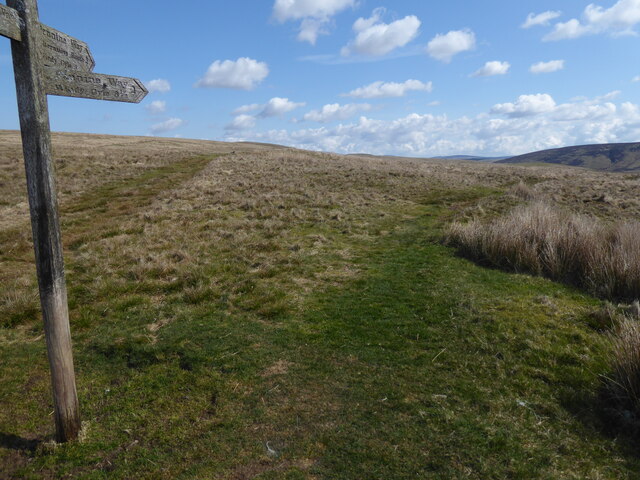
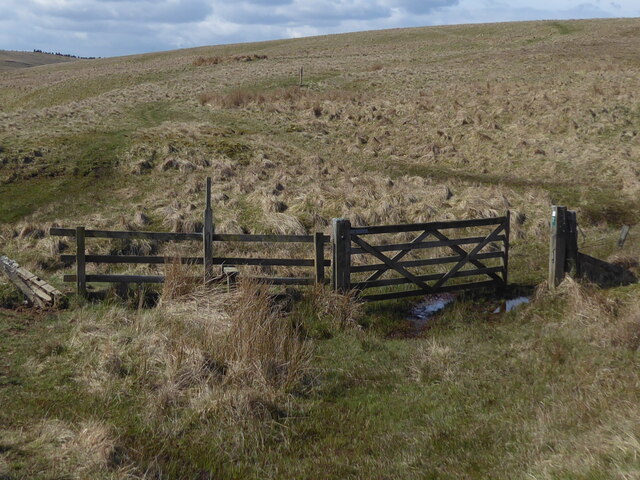
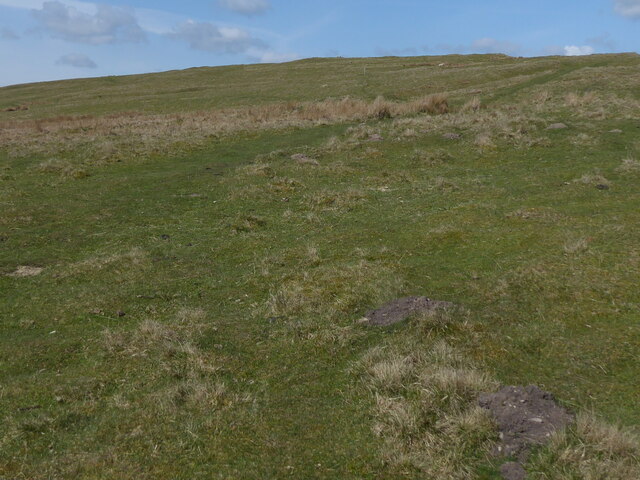
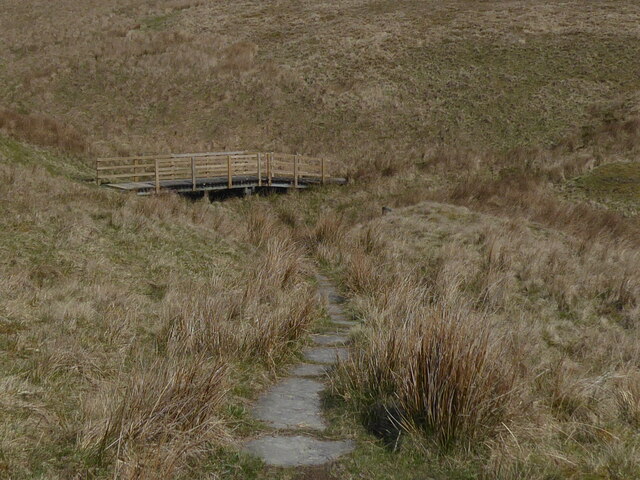
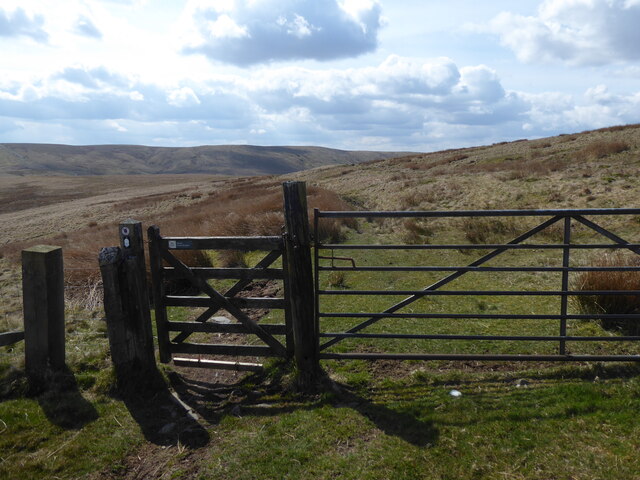
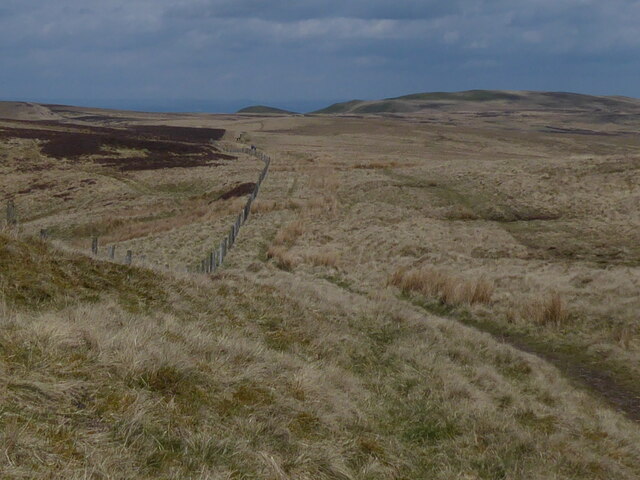
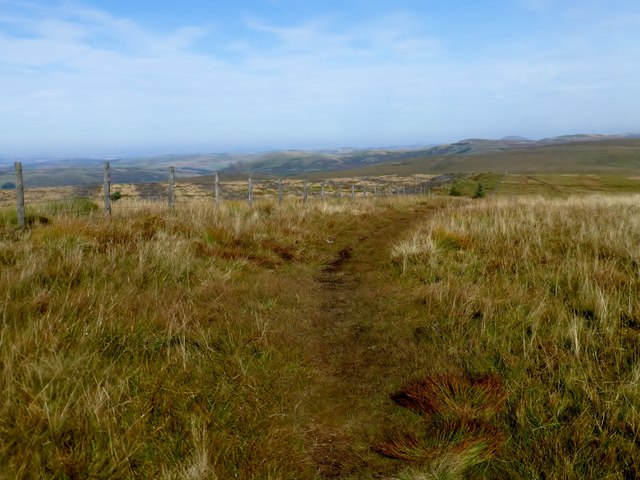
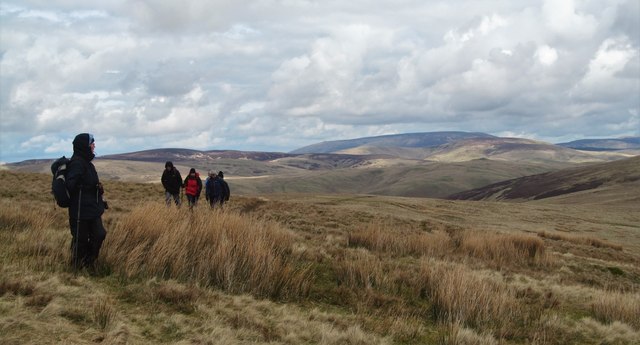
![Waymarker post on Brownhart Law The comfort of a green dotted line on the map and also a waymarker to show that we are just on the English side of the border. Scotland [with heather] appears on the right hand edge of the photo.](https://s0.geograph.org.uk/geophotos/04/90/97/4909784_ce22dd11.jpg)
